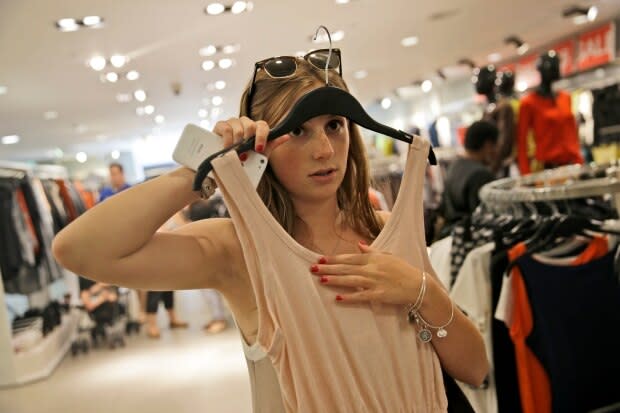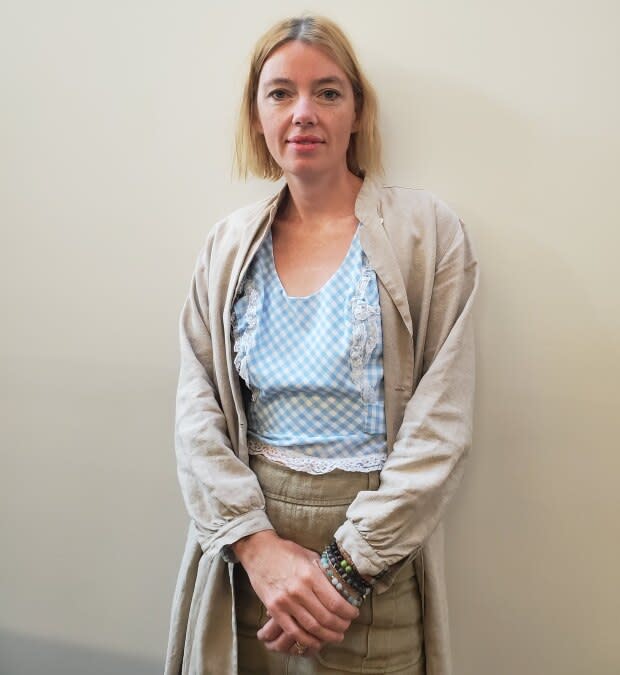Try thrift shops for back-to-school savings. It might help the environment too
Two years ago, Jenni Lee, the founder of Community Thrift and Vintage in downtown Vancouver, made a resolution to attempt to only buy second-hand clothing.
"Working in this second-hand clothing industry has really shown me that there is no need for anyone to buy new clothing," Lee told Stephen Quinn, host of The Early Edition.
"There's so much extra clothing that is just basically going into landfills. So if we all stopped buying new clothing I think that the world would be a better place for about five years."
Clothing waste affects the environment, she said. Most textile waste that is not donated to second-hand stores ends up in landfills where it releases greenhouse gases and leak toxins and dyes into soil and water in that area.
Lee says clothing has become increasingly disposable. People buy too much new clothing or throw out too much because fashion trends are cycling through at a faster rate than before.
"It seems like the life cycle of a trend now is four weeks. So somebody will buy an item, wear it for four weeks, then they're sick of it."

Have fun with it
Kids can burn through clothes fast, says Lee. In addition to thrift and vintage stores, she recommends parents try online marketplaces and resale groups.
Before heading out for those back-to-school outfit necessities, set a budget and a time cap for how long your family can spend on shopping. If back-to-school thrift shopping is not something you've ever done with your family, have some fun with it.
"You can make a fun game of it ... like, let's see what we can all find in in half an hour. Who can find the cutest T-shirt in half an hour?" Lee said.

But how best to sift though the mountain of clothing at thrift shops?
"You can really get value from second-hand clothing by finding things in silk, wool or linen," Lee said.
Some consignment and vintage stores can be too expensive for the average family.
"I really think that there is a second-hand store for everybody, from just straight up thrift like Value Village and Salvation Army ... up to the super fashionable vintage shops in Vancouver."
Listen to the full story here:

